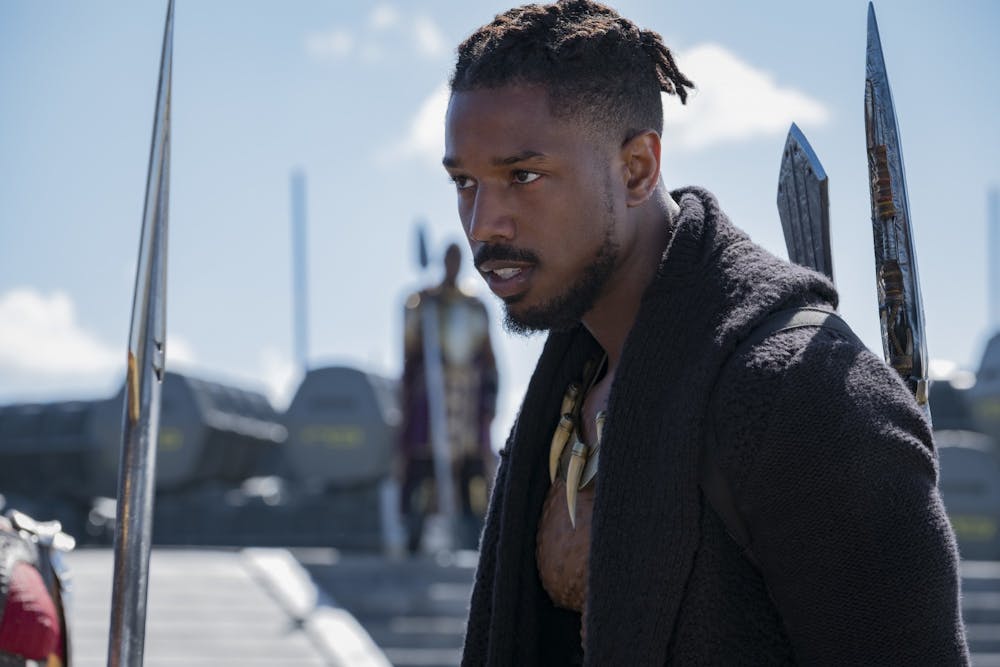In the last decade, superhero movies and television have been on the rise. From big-budget movies like Avengers: Endgame and the upcoming The Batman, to the CW’s newly renamed CWverse of superhero television shows, this genre has become more mainstream.
With that rise comes the realization that historically there have been few BIPOC characters in comic books. There are even fewer main characters or superheroes within these comics.
When they are translated into visual media, there is a striking lack of diversity.
According to Forbes, as of 2018, 61% of all characters in the Marvel Cinematic Universe, and 69% of all major characters, are white. In contrast, only 20% of all characters and 19% of all major characters are Black, 41% of which are characters from “Black Panther.”
The percentages are lower for characters of other ethnicities.
This is a two-fold issue. The original source material has a lack of diversity, given who was writing them and when. Additionally, there is minimal diversity in casting characters.
Though there have been plenty of excellent Black comic creators for years, most mainstream characters the general public recognizes were written and drawn by white artists.
Casting — in superhero stories and beyond — has been largely devoid of genuine representation.
“Historically, white actors have been cast in roles designed for BIPOC actors, yet those actors were denied. For the most part, in the fantasy/sci-fi genre, BIPOC actors and characters haven’t been allowed to shine in terms of main characters,” actor and YouTuber Michael Lamar Simeon said in an interview with the IDS.
One of the ways media practitioners have attempted to rectify this problem is by casting traditionally white characters with BIPOC actors, with the goal of diversifying the screen.
Characters like Mary Jane “MJ” Watson, Dr. Manhattan and Human Torch are all recent examples of an originally white character being cast by a BIPOC actor.
These examples don’t include BIPOC heroes and characters introduced in comic books under the moniker of an originally white hero. Examples include Miles Morales as Spider-Man, Wally West as Kid Flash and Sam Wilson as Captain America.
As a comic fan, I understand the desire to keep characters as they were in their original iterations. However, as a Black woman, I also understand the striking lack of diversity that has existed in comics and comic book media.
There is a need for more BIPOC characters in mainstream media, including the superhero variety.
“Generally I would prefer they cast the character to how they were designed in the comics, however in many cases, you do that, there would be no diversity in the movies,” Simeon said. “So I don’t necessarily have a problem with it when it comes to BIPOC people replacing white actors, for the most part.”
Simeon said casting directors walk a fine line of casting BIPOC as white characters meaningfully or just doing it to check the diversity box.
“I do think it’s a fine line because it’s getting to the point where I think directors/producers will do it as an easy out instead of, yeah, taking the time to actually introduce characters of color that are already in the books,” he said.
He provided several examples of character casting movies could use to introduce existing BIPOC characters into the mainstream, such as casting Zendaya as Glory Grant as opposed to MJ, who is a close friend of Peter Parker in the comics.
Another option could be introducing Renee Montoya, an existing Afro-Latina and LGBTQ+ actor, in a role such as Commissioner Gordon would normally fill.
There is room for switching out a traditionally white character for a BIPOC character, but there must be an intention behind it.
If existing character roles are filled by BIPOC actors, but their characterization doesn’t change to reflect that, characters are just being painted as Black and Brown. They are often not actually reflecting the lives of the people they are meant to represent, so that diversity is only surface-level.
Take Miles Morales, for example. He is an Afro-Latino character. But he is not just the Afro-Latino version of Peter Parker.
Though most of his well-known and well-regarded characterization comes from the movie “Spider-Man: Into the Spiderverse” and not the comics, it is clear for any casual viewer to understand he is his own character, with his own quirks and experiences from living life as an Afro-Latino teenager in a Spiderverse-version of New York.
In building a more diverse mainstream, creators must be mindful and intentional in how they do it.
While considering how to bring characters to life, movie creators must understand the history of where these characters come from, why they are the race they are and whether or not that is integral to their character.






